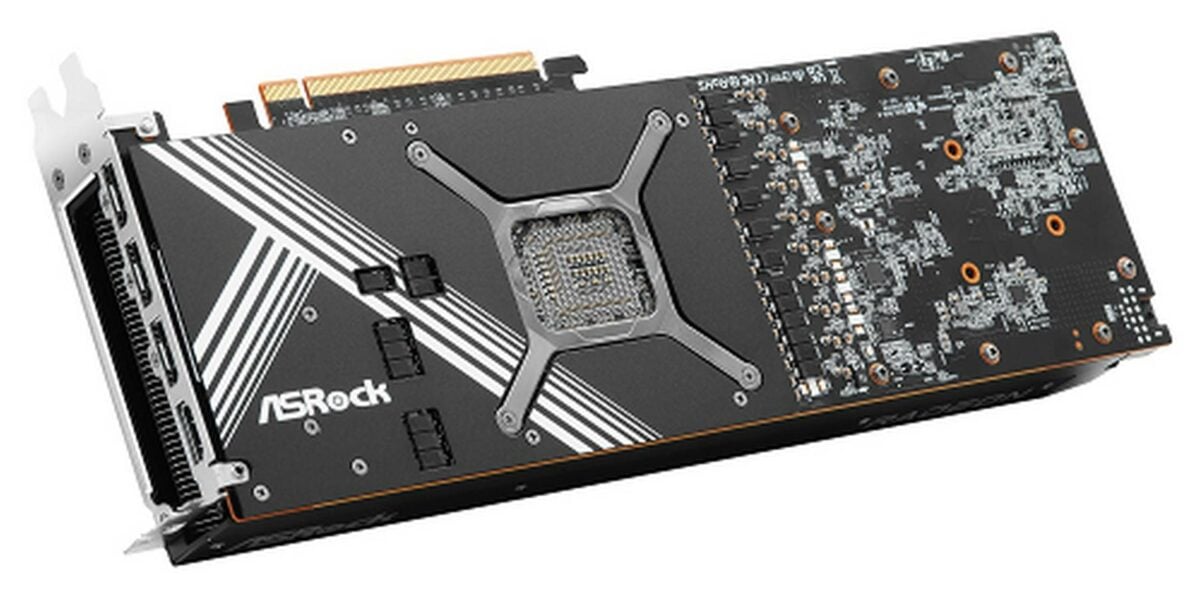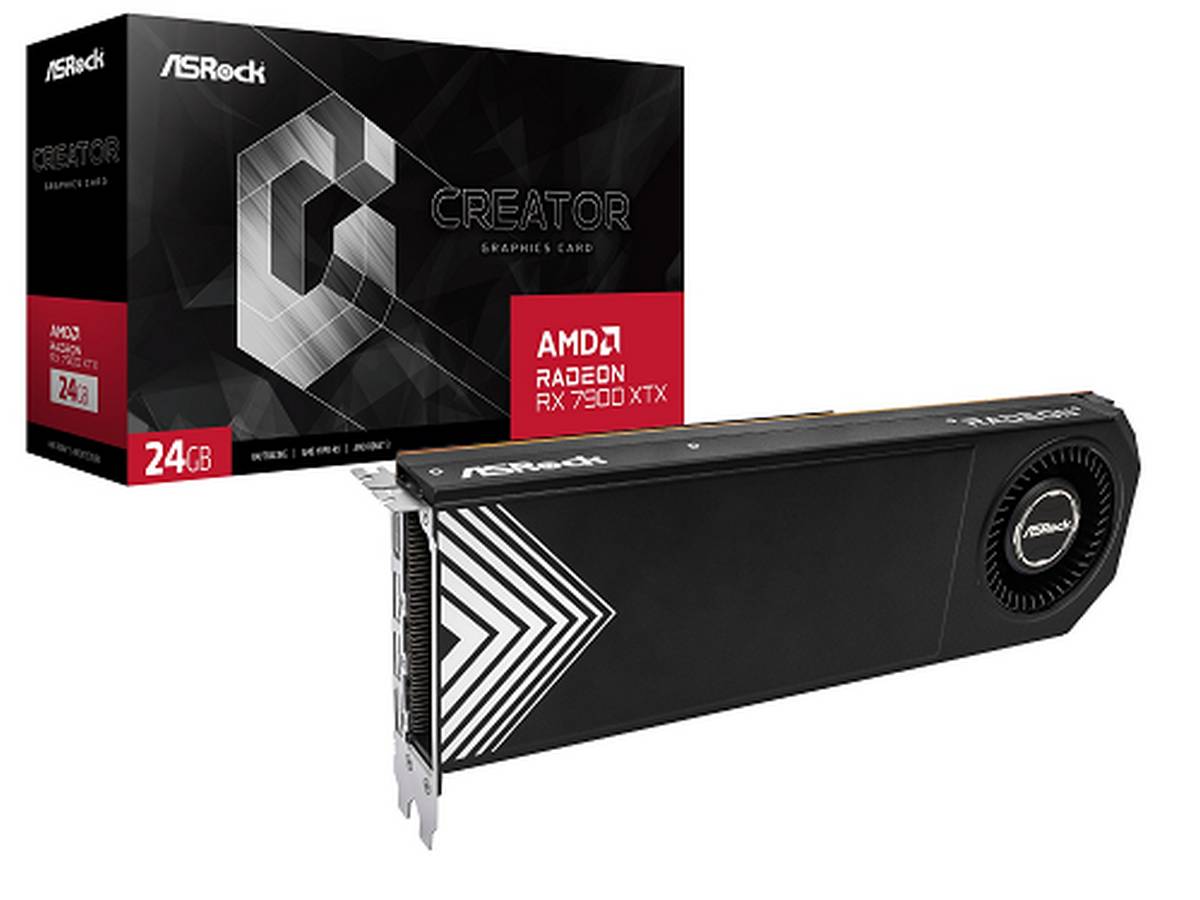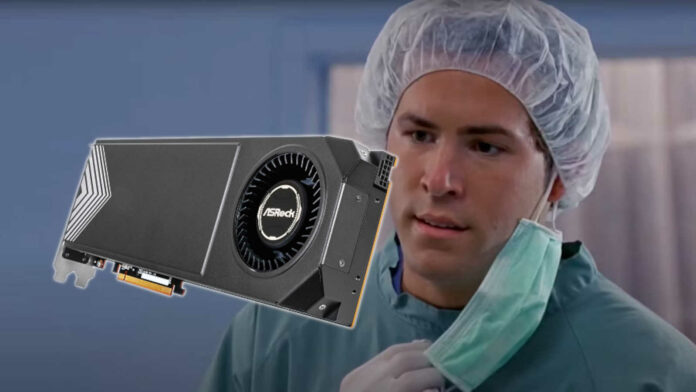ASRock has swapped the power connectors on Radeon RX 7900 XT and RX 7900 XTX Creator cards. Surprisingly, the brand chose the more modern, yet infamous 12V-2×6 instead of the tried and tested eight-pin.
These blower-style GPUs were first spotted at Computex with a different name. Now, Momomo_us on X has treated us to a closer look by snagging pictures of the product.
As far as we can tell, these are the first AMD Radeon GPUs powered by this connector. Considering their dual-slot format, these feel more at home on multi-GPU servers and workstations than standard desktops. They’re a welcome alternative to the more expensive professional models, especially if the workload doesn’t require any specific features.

Far from everyone’s favourite connector, 12V-2×6 includes some improvements over its predecessor, 12VHPWR, making it safer. After all, the previous generation was prone to melting, damaging several of the best graphics cards. Though the number of cases has since dropped with the updated 12V-2×6 connector, it’s not immune to the same problems. Some unlucky users saw their expensive GPU turn into a plastic-smelling paperweight.
As you may know, AMD was safe from these issues since its previous cards used the good old eight-pin connector. The company even used it as ammo to troll Nvidia on Twitter. So, why would ASRock, and by proxy AMD, take the risk even if the connector is much safer now? Especially as the card’s original dual eight-pin connectors aren’t that bulky. At least, it would be understandable on a triple-connector model.

We’ve reached out to ASRock to ask why, but the most logical reason is to save space and simplify installation. This is a professional/server card after all. Each centimetre counts when packing four or more graphics cards on a single chassis with just enough room to funnel air into the fans. And besides, these will most likely come pre-installed in machines built by a professional, minimising user error.
What is certain is that the 12V-2×6-type connectors are here to stay whether we like them or not. At least improvements should come with time, and more people adopting them means more companies will tweak the standard. So, one day, they may become even safer than the eight-pin, and we would laugh about it.


